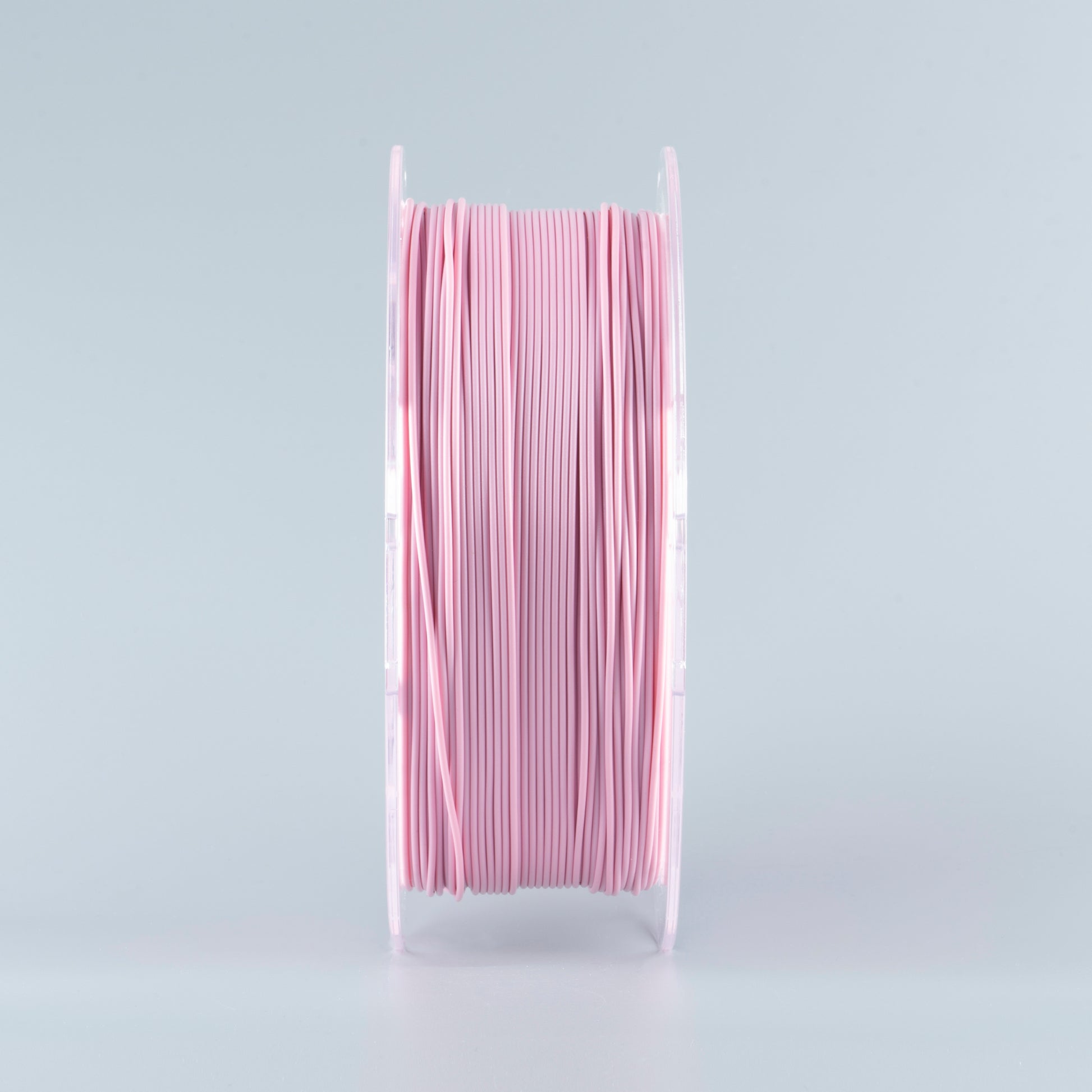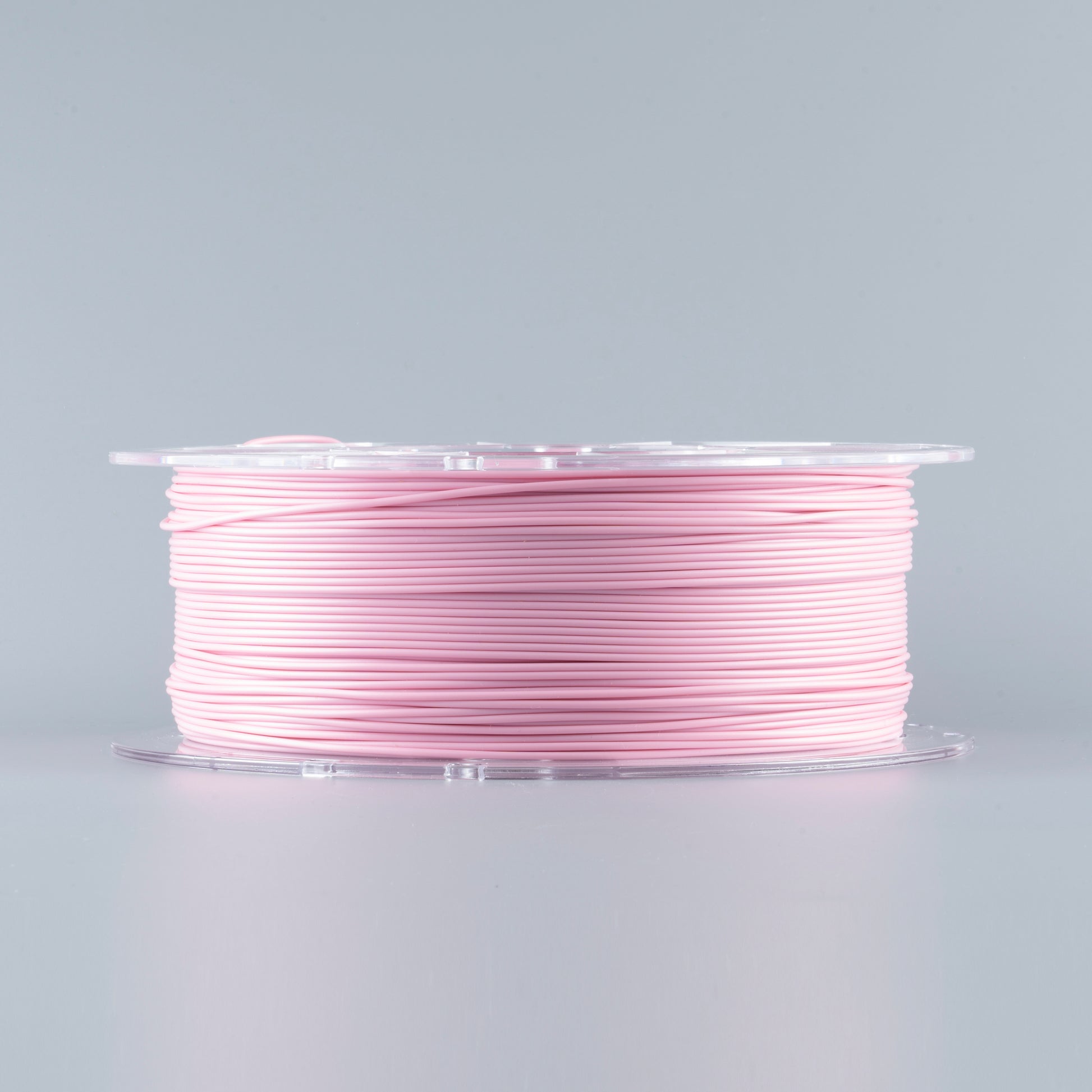Mayrc
Mayrc MR-PETG 3D Printing Materials 1.75 mm Cost-effective Printer Consumables White 1kg 10kg 3D Printer Filament
Mayrc MR-PETG 3D Printing Materials 1.75 mm Cost-effective Printer Consumables White 1kg 10kg 3D Printer Filament
Couldn't load pickup availability
Mayrc MR-PETG 3D Printing Materials 1.75 mm Cost-effective Printer Consumables White 1kg 10kg 3D Printer Filament
Specification:
|
Model No |
MR-PETG |
Cable Net Weight |
1kg/roll |
|
Color |
White |
Nozzle Temperature |
230-260℃ |
|
Bed Temp |
70-80℃ |
Print Speed |
30-60mm/s |
|
Bed |
Glass,PEI Film or Coating PVP Glue |
Cooling fan speed |
<50% |
|
Cable Size |
1.75mm |
Feature |
High gloos |
|
Recommended support material |
MAR™ MR-PVA |
||
|
Recommended Nozzle Diameter |
0.2-1.0mm |
Raft separation distance |
0.18-0.25mm |
|
Retraction distance |
2-5mm |
Retraction speed |
1800-3600 mm/min |
Notice:The bonding between MR-Tough-PET and the PC bottom plate is very strong. When printing a larger bottom surface, the distance between the first layer of the model and the bottom plate can be appropriately adjusted.
Product Description:
PETG is a 3D printing material with excellent comprehensive performance, not easy to draw, low warpage, stable size, and very cost-effective

Product Advantages:
1.Balanced mechanical properties
PETG has excellent toughness and strength, and the mechanical properties in the XYZ axis direction are very close, and there is no anisotropy
2.Excellent heat resistance
PETG has a heat distortion temperature above 70 degrees Celsius, which can replace PLA in applications where a certain degree of heat resistance is required
3.High light transmittance
Thanks to PETG being a non-crystalline copolyester, its products have excellent optical properties, and the light transmittance is close to that of acrylic. Combined with excellent heat resistance. PETG is very suitable for the application of luminous characters industry
Material Properties:
|
Property |
Testing method |
Typical value |
|
Density |
ISO 1183 |
1.24 g/cm³ |
|
Glass tansition temperature |
ISO 11357 |
78℃ |
|
Melt index |
220℃, 2.16kg |
5.6g/10min |
|
Determination of temperature |
ISO 75: Method A |
68℃ (1.80MPa) |
|
ISO 75: Method B |
72℃ (0.45MPa) |
|
|
Tensile strength(X-Y) |
ISO 527 |
31±0.5 MPa |
|
Young’s modulus(X-Y) |
1150±108MPa |
|
|
Elongation at break (X-Y) |
2.0±0.1 % |
|
|
Bending strength (X-Y) |
ISO 178 |
51.8±1.5 MPa |
|
Bending modulus (X-Y) |
1990±89 MPa |
|
|
Charpy impact strength (X-Y) |
ISO 179 |
4.5±0.9KJ/㎡ |
Specimens printed under the following conditions: Nozzle temp 300°C, Bed temp 80℃, Print speed 45mm/s, Infill 100%, Infill angle ±45°

Disclaimer:
The typical values presented in this data sheet are intended for reference and comparison purposes only. They should not be used for design specifications or quality control purposes. Actual values may vary significantly with printing conditions. End- use performance of printed parts depends not only on materials, but also on part design, environmental conditions, printing conditions, etc. Product specifications are subject to change without notice.
Each user is responsible for determining the safety, lawfulness, technical suitability, and disposal/recycling practices of Mar materials for the intended application. Mar makes no warranty of any kind, unless announced separately, to the fitness for any use or application. Mar shall not be made liable for any damage, injury or loss induced from the use of Mar materials in any application.
Share









